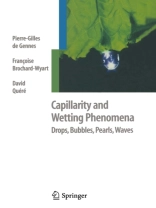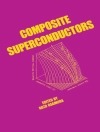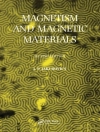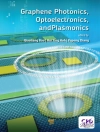As I glance out my window in the early morning, I can see beads of droplets gracing a spider web. The film of dew that has settled on the threads is unstable and breaks up spontaneously into droplets. This phenomenon has implications for the treatment of textile fibers (the process known as "oiling"), glass, and carbon. It is no less important when applying mascara! I take my morning shower. The moment I step out, I dry off by way of evaporation (which makes me feel cold) and by dewetting (the process by which dry areas form spontaneously and expand on my skin). As I rush into my car under a pelting rain, my attention is caught by small drops stuck on my windshield. I also notice larger drops rolling down and others larger still that, like snails, leave behind them a trail of water. I ask myself what the difference is between these rolling drops and grains of sand tumbling down an incline. I wonder why the smallest drops remain stuck. The answers to such questions do help car manufacturers treat the surface of glass and adjust the tilt of windshields.
Francoise Brochard-Wyart & Pierre-Gilles de Gennes
Capillarity and Wetting Phenomena [PDF ebook]
Drops, Bubbles, Pearls, Waves
Capillarity and Wetting Phenomena [PDF ebook]
Drops, Bubbles, Pearls, Waves
Mua cuốn sách điện tử này và nhận thêm 1 cuốn MIỄN PHÍ!
Ngôn ngữ Anh ● định dạng PDF ● ISBN 9780387216560 ● Nhà xuất bản Springer New York ● Được phát hành 2013 ● Có thể tải xuống 3 lần ● Tiền tệ EUR ● TÔI 4623357 ● Sao chép bảo vệ Adobe DRM
Yêu cầu trình đọc ebook có khả năng DRM












